ELECTRIC, WITH AN EDGE
The no load loss test of transformer refers to the active loss that occurs when the secondary side of the transformer is open and the rated voltage of the rated frequency is applied to the primary winding.
When the rated voltage is applied to the primary winding, alternating magnetic flux is generated in the iron core, which generates hysteresis and eddy current loss in the iron core, which is collectively called iron loss.
The no-load current and the resistance of the primary winding are relatively small, the resistance loss of the primary winding is negligible, and the no-load loss of the transformer is basically equal to the iron loss.
The no-load loss of a transformer can generally be calculated through a no-load test.
The size of no-load loss is related to factors such as transformer capacity, magnetic circuit structure, silicon steel sheet quality and other factors, and mainly depends on the unit loss of iron core material, namely: no-load loss-electrical steel sheet unit loss × iron core weight.
When the voltage of the power supply is constant, the size of the no-load loss is basically a constant value, regardless of the size and nature of the load.
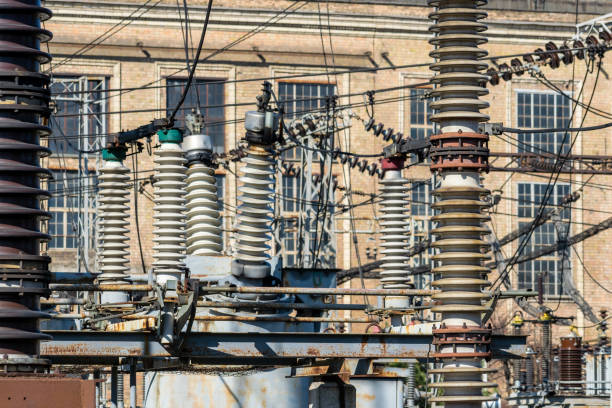
The primary and secondary windings of the transformer have a certain resistance, and when the current flows, a certain amount of power loss will occur.
The short-circuit loss of the transformer is equal to the sum of the energy consumed on the resistance of the primary and secondary windings when the secondary side of the transformer is short-circuited and the short-circuit current flowing through the primary side is the rated current. Ignore the iron loss in the short-circuit state, because the winding is mostly made of copper wire, it is also called copper loss.
The size of the short-circuit loss is related to the size of the load, load performance and winding temperature. The size of the short-circuit loss is proportional to the square of the current through the primary and secondary windings, and the short-circuit loss is related to the size and nature of the load.
The short-circuit loss (kw) indicated on the nameplate refers to the copper loss of the winding at 75°C and the rated current is passed. The size of the short-circuit loss is related to the temperature of the winding.
The above is the no load loss test of transformer, and the related knowledge of the short-circuit loss of the transformer, I hope it will be helpful to everyone.


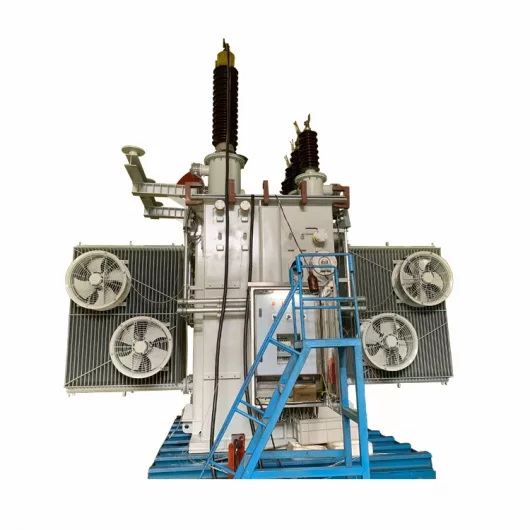
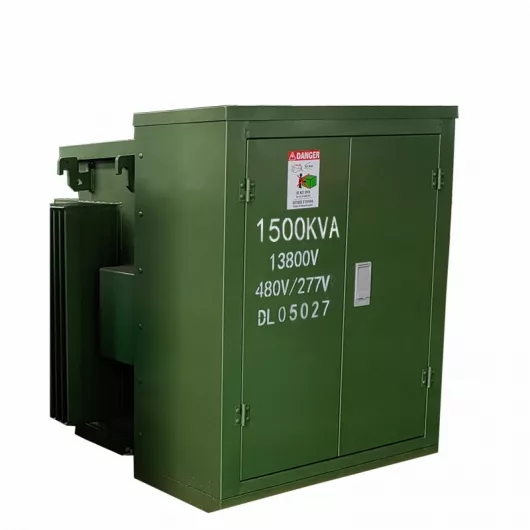
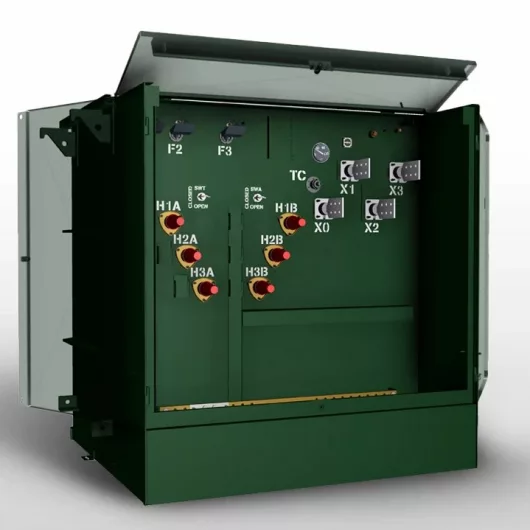
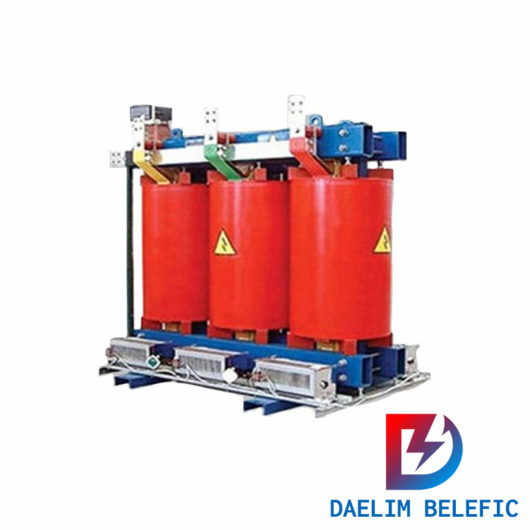
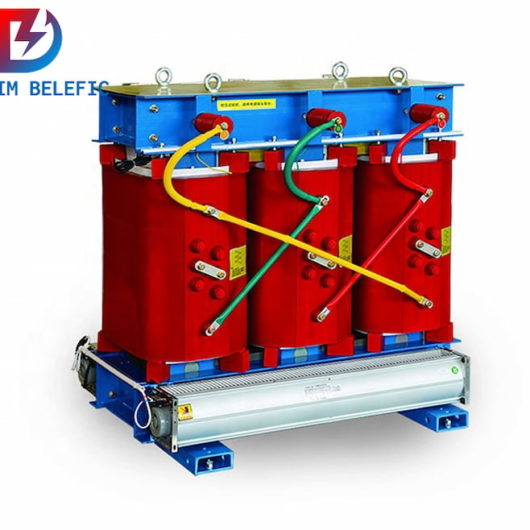

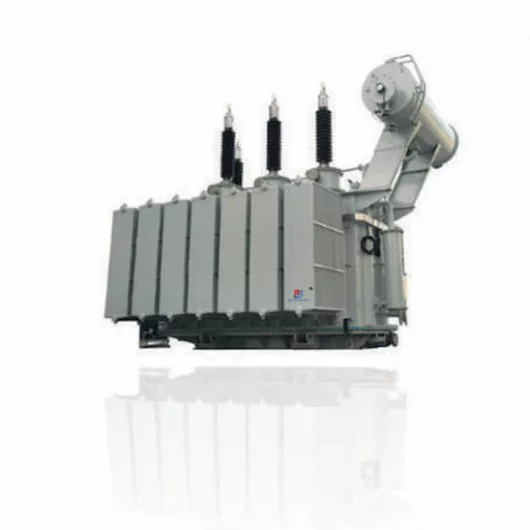
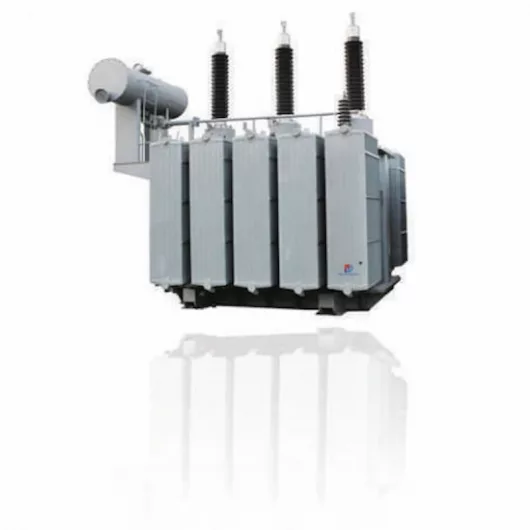


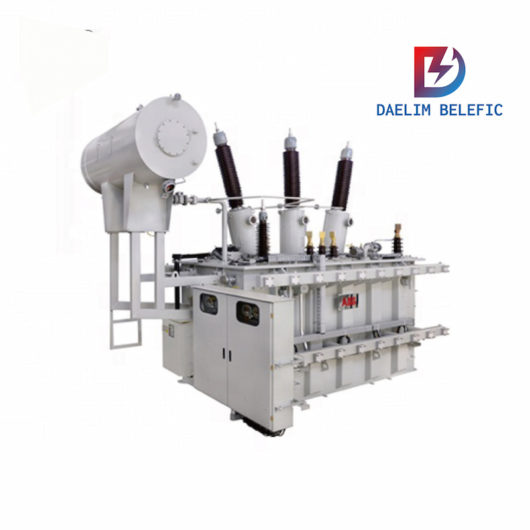
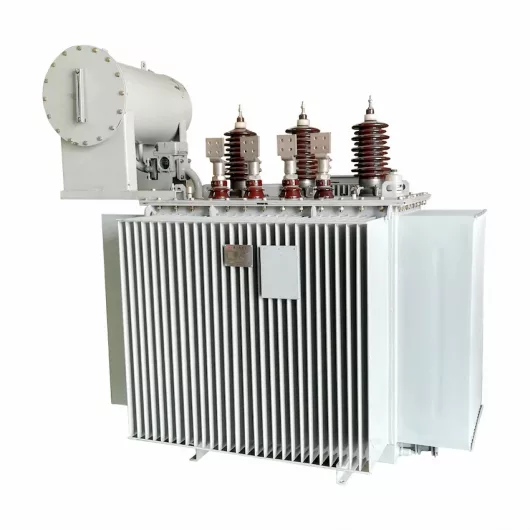

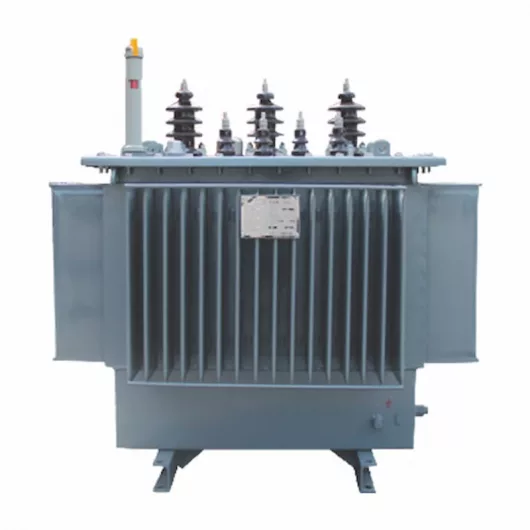
After filling in the contact information, you can download the PDF.